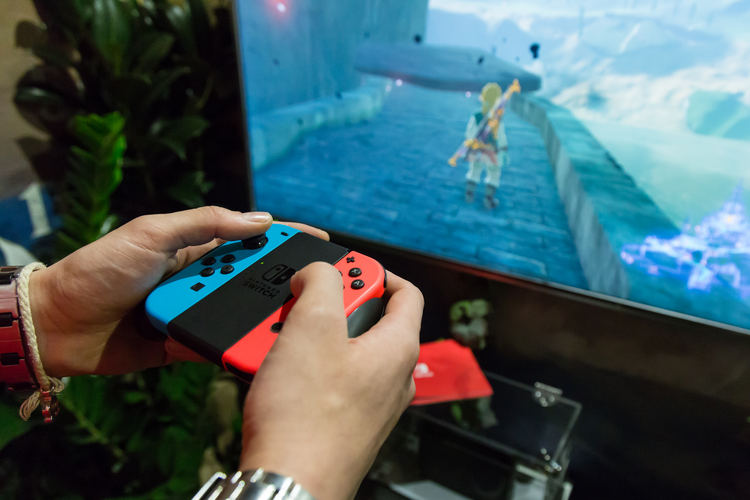Welcome to Thomas Insights — every day, we publish the latest news and analysis to keep our readers up to date on what’s happening in industry. Sign up here to get the day’s top stories delivered straight to your inbox.

If the “Father of Video Games” Ralph H. Baer could see how far video games have come, he would undoubtedly be proud of what he started in 1967. Baer created the first working video game, coined “Brown Box,” that could be hooked up with multiple TV sets. Since then, the video game industry has seen companies come and go and forged a future with immeasurable potential.
Breaking Down the History of Video Game Consoles
Between 1972 and 1977, Magnavox, Atari, Fairchild, RCA, and Coleco created home game consoles, with Coleco gaining popularity for its first console the Telstar. From 1978 to 1980, the well-known Nintendo began competing with the likes of Coleco, Magnavox, and Atari.
At the time, Atari dominated due to their cartridge-based console, which had better graphics and games. But, as we now know, Nintendo was just getting started.
The Gaming War of the ’80s and ’90s
The 1980s turned out to be the year of video game innovation, where industry giants began to really experiment. It also saw re-releases of classic games like “Pacman” and “Mario Bros.” Sega and Nintendo dominated, outdoing Atari, Mattel, and Coleco.
The war between Nintendo and Sega continued into the ’90s, which saw the last notable contribution by Atari. Sega also embraced the switch from cartridges to compact discs, and Sony finally entered the market with the PlayStation.
Video Game Consoles Throughout the 2000s
By the 2000s, Sega was falling, Nintendo caught up, Sony released PlayStation 2, and Microsoft entered the gaming market with the Xbox. Basically, a lot happened in a short amount of time! And by 2010, the primary dominators of the industry were Xbox, Sony PlayStation, and Nintendo. Microsoft also released the Xbox One, and the 4K Xbox One X, which were both well received.
In place of large console boxes came sleek and portable gaming devices, exciting consumers about what the future of gaming consoles could be.
The Future of Gaming
In July, Sony confirmed their PSVR 2 would come with a virtual reality (VR) headset. The headset has a sleek white form that fits the brand and gives consumers a peek into what the future of gaming may be. While the company has yet to confirm if it will be released this year, Sony hopes to lead the way in VR gaming.
But as tech continues to advance, will gaming consoles become a thing of the past?
Not necessarily, but games streamed from the Cloud are definitely gaining traction. It has changed how major brands like Microsoft and Nintendo manufacture consoles, with Microsoft foregoing a disc drive in its Xbox One S and opting for downloadable games.
Nintendo also changed the game with the Nintendo Switch, a handheld device that can stream games onto a television. It’s the best of both worlds: You can take the switch wherever you want, but you can also play games on the big screen with people from all over the world.
Gaming consoles are also expensive, and some companies are taking this note seriously. Xbox, for example, sold the Xbox One S for a more reasonable price compared to its previous Xbox One. These iterations of consoles are evolving in a similar way to smartphones; they are all quite similar, just slight improvements on one another.
In the future, we can guess that Xbox, Nintendo, and Sony will continue to innovate. As Sony takes lead on VR gaming, Nintendo will continue to expand its handheld consoles. And who knows, Netflix may even make its mark in the video game sphere.
Image Credit: Tinxi / Shutterstock.com
More from Industry Trends
from Gaming Consoles – My Blog https://ift.tt/4T0y6Yl
via IFTTT